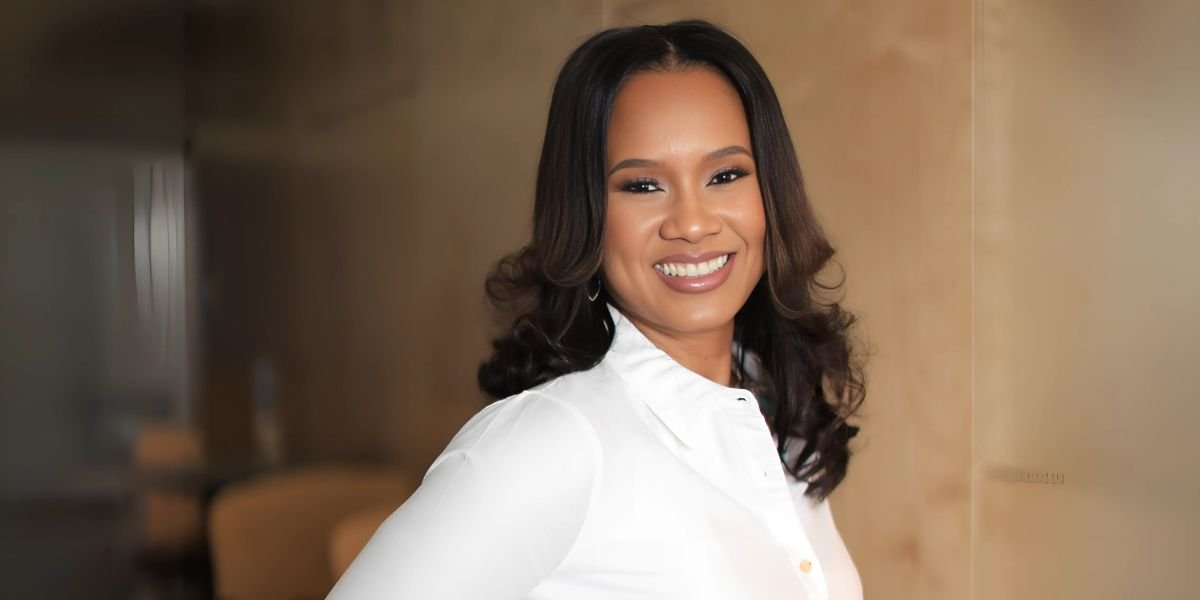By: Generated with AI
Career transitions are not just common in the dynamic world of the arts. They’re often a necessary part of an artist’s growth and evolution. For many, the arts provide a fluid space where skills and passions can morph into various forms, allowing for a career as varied as it is exciting. The journey from one artistic discipline to another can be challenging yet immensely rewarding, as evidenced by the careers of many artists, including the likes of Leesa Rowland, actress from New York.
Rowland’s journey from journalism to acting, and then to writing and philanthropy, is a prime example of successful career navigation in the arts. It demonstrates a key aspect of such transitions: the ability to leverage skills and experiences from one field to enrich another. This multi-disciplinary approach can lead to a rich and fulfilling career but requires courage, adaptability, and strategic planning.
Understanding the ‘Why’ Behind Transitions
The first step in navigating a career transition is understanding the motivation behind it. Is it a quest for new challenges, a need for creative expression, or a natural progression of one’s current career? Identifying the ‘why’ helps in planning the ‘how.’ For some, like Rowland, the shift might stem from a deep-seated desire to make a broader impact beyond their initial field.
Leveraging Existing Skills and Knowledge
Transitioning within the arts doesn’t mean starting from scratch. Many skills are transferable. An actor, for instance, might find that their skills in storytelling and understanding character psychology are invaluable in directing or writing. The key is identifying these transferable skills and understanding how they apply in a new context.
Continual Learning and Skill Development
Embracing the role of a lifelong learner is crucial. This might mean formal education, like enrolling in courses or workshops, or it could be as simple as self-taught practices and research. Staying abreast of industry trends and continually honing one’s craft are essential to a successful transition.
Building a Diverse Network
Networking is a powerful tool in the arts, where opportunities often arise through connections and collaborations. Building a diverse network within one’s current field and in related areas can open doors to new possibilities and provide support during transitions.
Creating a Personal Brand
In the arts, an individual is often their brand. This personal brand should evolve to reflect new career aspirations. Communicating one’s evolving identity and expertise to the world is important. This can be through social media, personal websites, or public work showcases.
Experimentation and Flexibility
The path through the arts is rarely linear. Experimenting and being open to opportunities is important, even if they don’t align perfectly with predetermined goals. Flexibility allows for unexpected yet potentially rewarding career paths.
Financial Planning and Management
Career transitions can be financially challenging, especially in fields like the arts, where income can be inconsistent. Financial planning, saving for lean periods, and finding alternative income sources during transitions can provide stability and reduce stress.
Dealing with Challenges and Setbacks
Career transitions, especially in the arts, can come with their fair share of challenges, including rejection, self-doubt, and periods of low income. It’s important to stay resilient, keep a positive outlook, and view setbacks as learning opportunities.
Balancing Artistic Integrity with Market Realities
One of the toughest aspects of a career in the arts is balancing artistic integrity with the realities of the market. This can be particularly challenging during transitions when venturing into unfamiliar territories. Understanding the market while staying true to one’s artistic vision is a delicate balancing act but crucial for long-term satisfaction and success.
Celebrating Small Victories
Finally, it’s important to celebrate successes, no matter how small. Every step forward in a transition is an achievement, and acknowledging these milestones can provide motivation and a sense of accomplishment.
Navigating career transitions in the arts requires creativity, resilience, and strategic planning. It’s about understanding and leveraging one’s skills, continually learning, building a strong network, and staying adaptable to change. For those willing to embrace the journey, like Leesa Rowland, the arts can offer a fulfilling path full of endless opportunities and growth opportunities. The key is to remain open to the ebb and flow of creative careers, understanding that each transition is not just a change but an evolution of one’s artistic journey.







